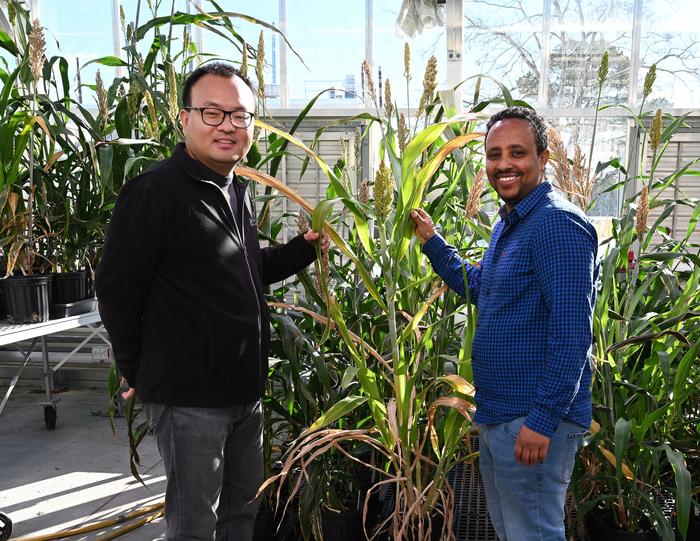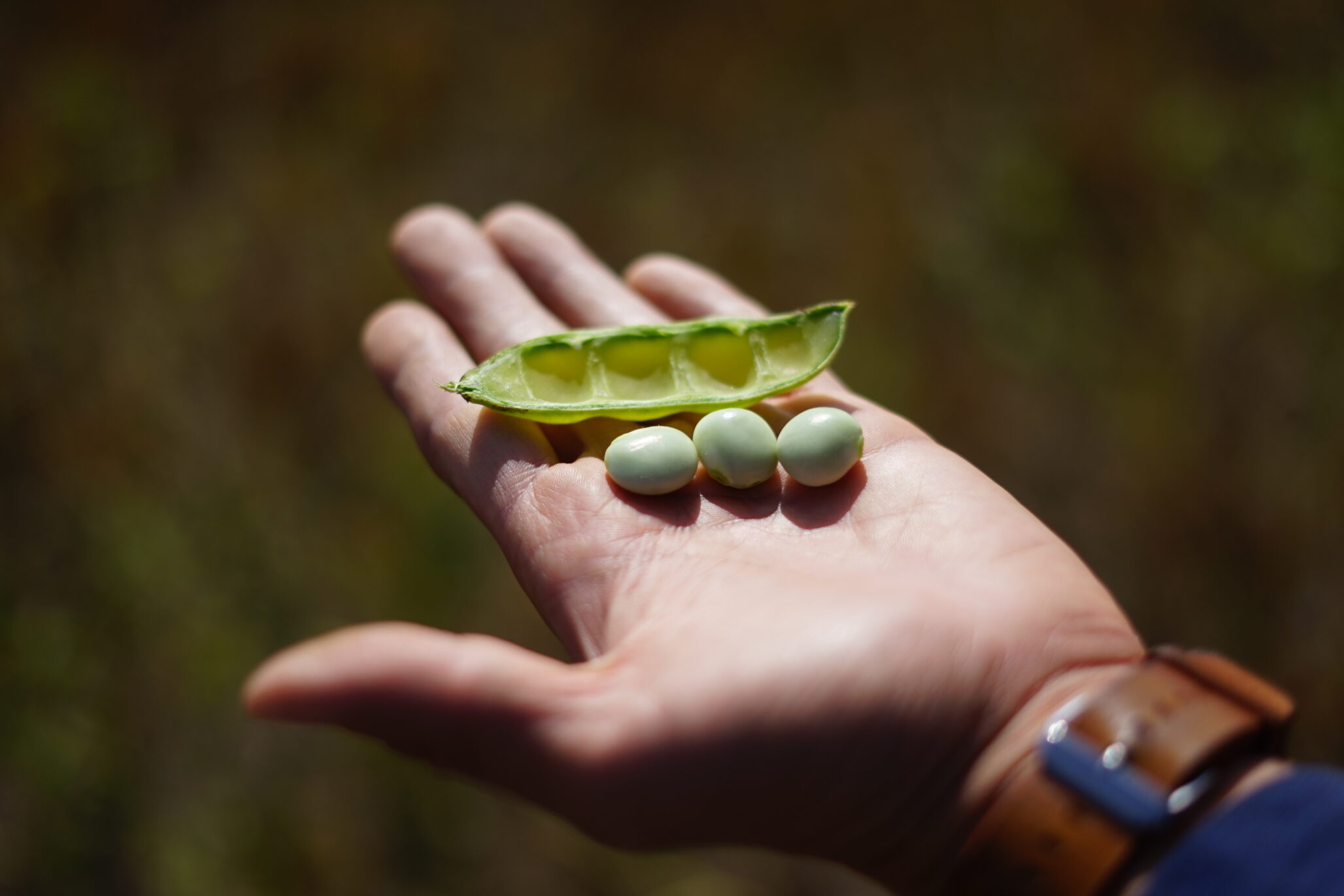A new study from the University of Missouri sheds light on the process that governs how and when plants shed their parts.
When parts of a plant, such as dead leaves, flowers or ripe fruit detach, the process is called abscission. Knowing how the process works will help increase understanding of both plant development and responses to environmental signals — such as drought and pest infection — while allowing scientists to control the process for flower, fruit and vegetable industries.
“Scientists have long wondered how a plant regulates this cell separation process, in particular the molecular mechanism that both triggers and powers the process,” said O. Rahul Patharkar, a postdoctoral fellow in the Division of Biological Sciences and lead author of the study. “We know that when a plant is close to dropping its petals, many genes are activated. A lot of this gene activity, or transcription, is exponentially increased in a relatively short time, ultimately leading to abscission.”
One gene that gets a boost in its activity is called HAESA, a gene required for floral abscission to occur. Previous studies have shown that activity of this gene increases by a magnitude of 27-fold from the time the flower bud opens to when it drops its petals, a period of about two days. Patharkar’s new research identified two important connections in the mechanisms that explain this rapid increase in HAESA gene expression.
The research team found that plants that overexpress a certain regulator protein do not activate HAESA and do not drop their flower petals. The findings suggest that the protein found is a negative regulator of HAESA, meaning it prevents expression of the gene. Additionally, the protein also acts as a molecular “switch” responsible for turning the process on and off and it is this “positive feedback loop” that is important in the abscission process.












